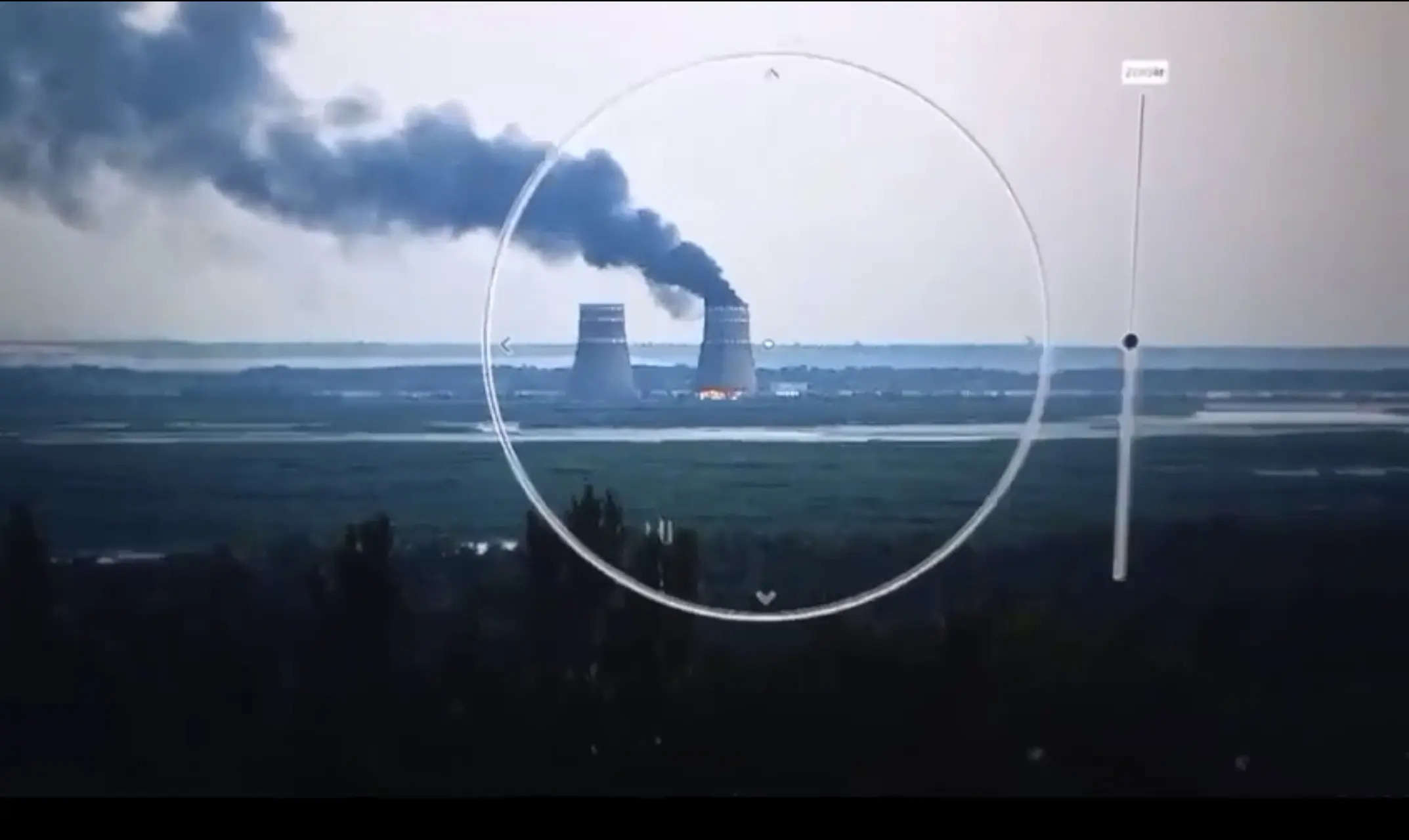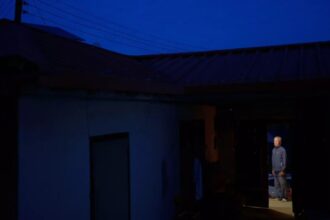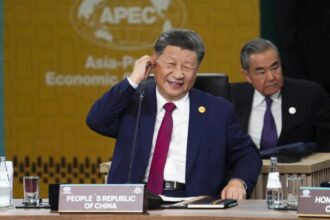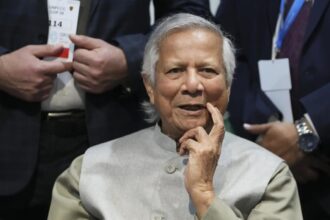Russia acknowledged on Sunday that Ukrainian forces have penetrated deep into the Kursk border region, in an offensive that Ukrainian officials claim is aimed at destabilizing Russia and stretching its military capabilities.
The Ukrainian assault, now in its sixth day, has reportedly caught the Kremlin off guard, forcing Russia’s military to deploy reserve troops, tanks, aviation, and drones to repel the attack.Despite these efforts, Ukraine‘s forces have made significant inroads, with Russian military briefings confirming that Ukrainian troops have advanced up to 30 kilometers (20 miles) into Russian territory in some areas.
“The aim is to stretch the positions of the enemy, to inflict maximum losses, and to destabilize the situation in Russia as they are unable to protect their own border,” said a Ukrainian security official, as reported by AFP.
Zaporizhzhia nuclear plant fire adds to tensions
Later on Sunday, both nations traded blame for a fire at the Zaporizhzhia nuclear plant, a site occupied by Russian forces in southern Ukraine. Ukrainian President Volodymyr Zelensky accused Russia of starting the fire to “blackmail” Kyiv, while Russia claimed Ukrainian shelling was responsible.
The International Atomic Energy Agency (IAEA), which has experts stationed at the plant, confirmed that no nuclear leak had occurred and requested immediate access to the site to assess the damage. “No impact has been reported for nuclear safety,” the IAEA stated, but concerns remain high amid the escalating conflict.
Largest cross-border offensive since world war II
This offensive into the Kursk region marks the largest and most successful cross-border attack by Ukraine since the conflict began in February 2022. Russia’s defense ministry described efforts to repel the incursion but conceded that Ukrainian forces were still active near the villages of Tolpino and Obshchy Kolodez, approximately 25 to 30 kilometers from the Russia-Ukraine border.
Amidst the intensifying conflict, Russia has declared a local state of emergency in Kursk and neighboring regions, initiating a “counter-terror operation” to regain control. More than 76,000 civilians have been evacuated from the area, with additional evacuations underway.
“It’s scary to have helicopters flying over your head all the time,” said Marina, a resident who fled to Moscow by train. “When it was possible to leave, I left.”
Ukraine braces for retaliation
While Ukraine’s offensive has been met with praise from some citizens, including those in the affected Sumy region, there are growing fears of a large-scale Russian retaliation. Ukrainian officials anticipate missile strikes, possibly targeting key decision-making centers in Ukraine.
Despite the ongoing incursion, Russian forces continue their operations in eastern Ukraine, with a slight decrease in attack intensity. Analysts suggest that Kyiv’s offensive may be an attempt to relieve pressure on its forces along other fronts.
The situation remains fluid, with both nations engaged in a high-stakes conflict that has no immediate resolution in sight.
The Ukrainian assault, now in its sixth day, has reportedly caught the Kremlin off guard, forcing Russia’s military to deploy reserve troops, tanks, aviation, and drones to repel the attack.Despite these efforts, Ukraine‘s forces have made significant inroads, with Russian military briefings confirming that Ukrainian troops have advanced up to 30 kilometers (20 miles) into Russian territory in some areas.
“The aim is to stretch the positions of the enemy, to inflict maximum losses, and to destabilize the situation in Russia as they are unable to protect their own border,” said a Ukrainian security official, as reported by AFP.
Zaporizhzhia nuclear plant fire adds to tensions
Later on Sunday, both nations traded blame for a fire at the Zaporizhzhia nuclear plant, a site occupied by Russian forces in southern Ukraine. Ukrainian President Volodymyr Zelensky accused Russia of starting the fire to “blackmail” Kyiv, while Russia claimed Ukrainian shelling was responsible.
The International Atomic Energy Agency (IAEA), which has experts stationed at the plant, confirmed that no nuclear leak had occurred and requested immediate access to the site to assess the damage. “No impact has been reported for nuclear safety,” the IAEA stated, but concerns remain high amid the escalating conflict.
Largest cross-border offensive since world war II
This offensive into the Kursk region marks the largest and most successful cross-border attack by Ukraine since the conflict began in February 2022. Russia’s defense ministry described efforts to repel the incursion but conceded that Ukrainian forces were still active near the villages of Tolpino and Obshchy Kolodez, approximately 25 to 30 kilometers from the Russia-Ukraine border.
Amidst the intensifying conflict, Russia has declared a local state of emergency in Kursk and neighboring regions, initiating a “counter-terror operation” to regain control. More than 76,000 civilians have been evacuated from the area, with additional evacuations underway.
“It’s scary to have helicopters flying over your head all the time,” said Marina, a resident who fled to Moscow by train. “When it was possible to leave, I left.”
Ukraine braces for retaliation
While Ukraine’s offensive has been met with praise from some citizens, including those in the affected Sumy region, there are growing fears of a large-scale Russian retaliation. Ukrainian officials anticipate missile strikes, possibly targeting key decision-making centers in Ukraine.
Despite the ongoing incursion, Russian forces continue their operations in eastern Ukraine, with a slight decrease in attack intensity. Analysts suggest that Kyiv’s offensive may be an attempt to relieve pressure on its forces along other fronts.
The situation remains fluid, with both nations engaged in a high-stakes conflict that has no immediate resolution in sight.
Source : Times of India






